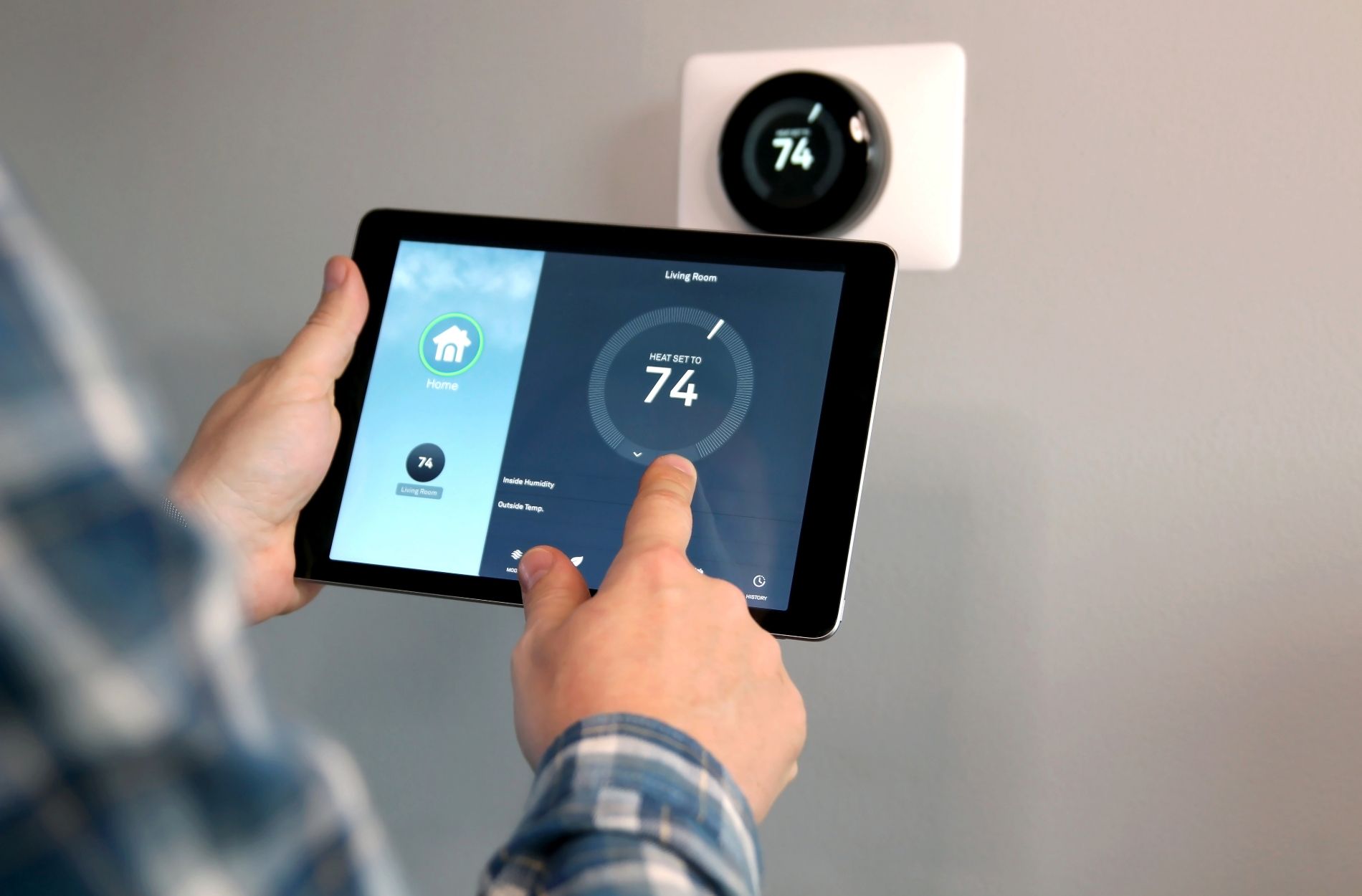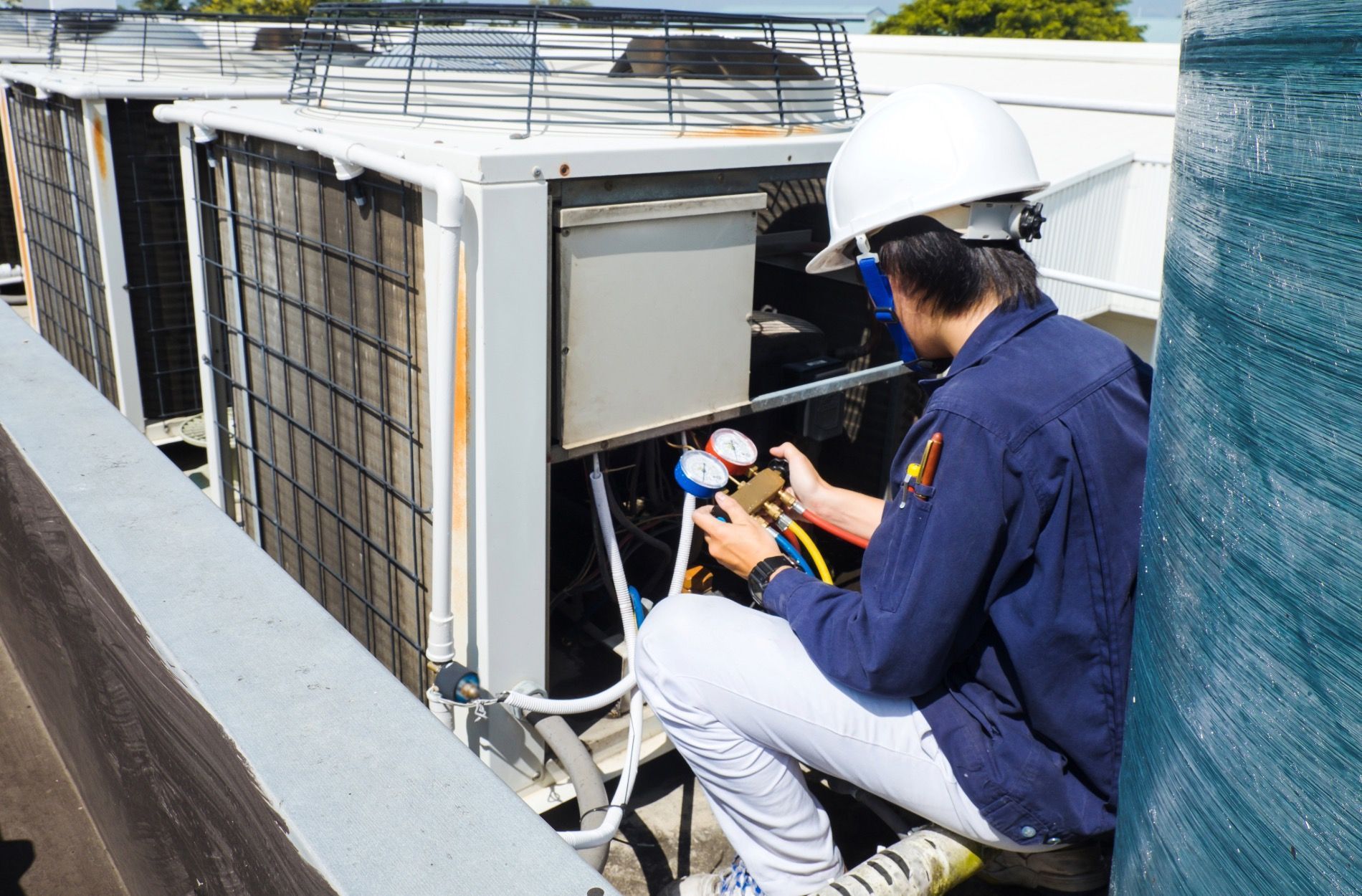Discover the Best HVAC Upgrades for Cutting Energy Costs
Staying comfortable in your home shouldn't mean skyrocketing energy bills. One of the best ways to manage your utility costs is to invest in HVAC upgrades. Whether it’s during the heat of the summer or the chill of the winter, your HVAC system plays a crucial role in maintaining a comfortable indoor environment. But did you know that upgrading your HVAC system can also lead to significant energy savings?
There are several smart upgrades that can make your HVAC system more efficient, helping you cut down on energy costs. These upgrades can range from installing programmable thermostats to adding insulation to your ductwork. Each of these changes helps your system run more smoothly, reduce waste, and keep your home at the perfect temperature without overworking your HVAC unit.
Install a Programmable Thermostat
One of the simplest yet most effective HVAC upgrades is installing a programmable thermostat. This small device offers a big impact on your energy savings by allowing you to set your home's temperature according to your daily schedule. Instead of manually adjusting the thermostat, you can program it to lower the temperature when you're asleep or not at home and increase it when you're active.
1. Set and Forget: With a programmable thermostat, you can set the temperature for different times of the day and forget about it. This means no more coming home to an uncomfortable house or wasting energy heating or cooling an empty home.
2. Energy Efficiency: By optimizing your HVAC system's operation times, a programmable thermostat helps reduce unnecessary energy use. This can result in significant savings on your energy bills over time.
3. Customizable Settings: Some advanced models allow you to create different settings for weekdays and weekends, making it easy to match your heating and cooling needs to your lifestyle.
Upgrading to a programmable thermostat is a straightforward change that can lead to immediate energy savings. It’s an easy and affordable way to ensure your home stays comfortable without wasting energy.
Upgrade to Energy-Efficient HVAC Systems
Replacing an old HVAC system with a new, energy-efficient model can make a huge difference in your energy bills. Modern HVAC systems are designed to use less energy while providing the same, if not better, level of comfort in your home. Here are a few key points to consider when upgrading:
1. High SEER Ratings: When choosing a new air conditioner, look for a high Seasonal Energy Efficiency Ratio (SEER) rating. The higher the SEER rating, the more energy-efficient the unit is. This means it uses less electricity to cool your home, translating to lower energy bills.
2. Energy Star Certified: Opt for appliances with the Energy Star label. These units are certified to be energy-efficient and can save you up to 15% on your energy bills compared to standard models.
3. Heat Pumps: If you're replacing both your heating and cooling system, consider a heat pump. Heat pumps are highly efficient because they transfer heat rather than generating it, saving energy in both winter and summer.
Investing in a new, energy-efficient HVAC system might require a higher upfront cost, but the long-term savings and improved performance make it worthwhile. A modern system not only cuts down on energy costs but also enhances the overall comfort of your home.
Add Insulation to Ductwork
Insulating your ductwork is another effective way to improve your HVAC system’s efficiency and cut energy costs. Poorly insulated ducts can lead to significant energy loss, as the air traveling through them may lose heat or cold before reaching your rooms. Here are some key benefits of adding insulation to your ductwork:
1. Reduced Energy Loss: Insulated ducts retain more of the heated or cooled air, ensuring that it reaches your rooms at the right temperature. This means your HVAC system doesn’t have to work as hard, saving energy and money.
2. Improved Comfort: By maintaining the desired temperature of the air traveling through your ducts, insulation helps keep your home more comfortable. You’ll experience fewer drafts and more consistent temperatures throughout your house.
3. Moisture Control: Insulation also prevents condensation, which can form on ducts that carry cool air through warm spaces. This helps prevent issues like mold growth and water damage.
Adding insulation to your ducts is a practical upgrade that enhances your HVAC system’s performance, leading to lower energy bills and a more comfortable living environment. It’s a cost-effective solution that pays off in the long run.
Incorporate Zoning Systems for Better Control
Zoning systems allow you to divide your home into different zones, each controlled by its own thermostat. This means you can heat or cool specific areas of your home independently, leading to better energy management and cost savings. Here’s why zoning systems are beneficial:
1. Targeted Comfort: With a zoning system, you can customize the temperature in different areas of your home according to usage and preference. Rooms that are used less often don’t need to be kept as warm or cool as main living areas, saving energy.
2. Energy Efficiency: By only heating or cooling the areas you use, zoning systems reduce energy waste. This targeted approach ensures that your HVAC system runs more efficiently and only when necessary.
3. Reduced Wear and Tear: Zoning helps reduce the strain on your HVAC unit because it doesn’t need to work as hard to maintain a consistent temperature throughout the entire house. This can extend the lifespan of your system and reduce maintenance costs.
Investing in a zoning system provides a smart way to manage your home’s climate, enhancing comfort and lowering your energy bills. It’s an upgrade that offers significant returns in both savings and comfort.
Conclusion
Making the right HVAC upgrades can lead to substantial savings on your energy bills while ensuring your home remains comfortable all year round. From installing a programmable thermostat to upgrading to energy-efficient systems, adding insulation to your ductwork, and incorporating zoning systems, each of these changes plays a crucial role in improving efficiency and cutting costs.
These upgrades not only help reduce energy consumption but also enhance the performance and lifespan of your HVAC system. By taking these steps, you can create a more sustainable and cost-effective living environment for you and your family. Small changes can have a big impact, and investing in these improvements is a smart move for any homeowner.
If you’re ready to start saving on your energy bills, contact Anytime Heating & Air today. Our expert technicians are here to provide the best
HVAC repair services and upgrades for your home. Your comfort, savings, and reliable HVAC repair services are just a call away!


